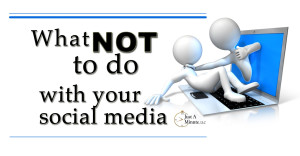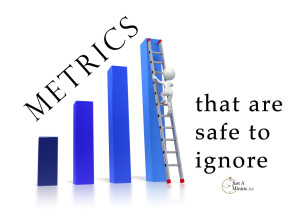 Hyperlocal marketing is not new, but the term may be unfamiliar to many. Christened sometime in 2009, hyperlocal refers to the immediate area that your business serves. This will be different for every business, but in general it means your street, part of town, rural area or within reasonable walking or driving distance from your location.
Hyperlocal marketing is not new, but the term may be unfamiliar to many. Christened sometime in 2009, hyperlocal refers to the immediate area that your business serves. This will be different for every business, but in general it means your street, part of town, rural area or within reasonable walking or driving distance from your location.
For example:
California (CA): not hyperlocal.
Los Angeles County, CA semi-hyperlocal.
Westwood Village, CA truly hyperlocal.
So now that we’re clear about that, you may be thinking that your only answer in grabbing your portion of the hyperlocal market is through the likes of Groupon or LivingSocial. In reality, there are a slew of smaller players in the daily deal business that can serve your needs as well. Let’s see who some of them are.
The who’s who of Hyperlocal
These are the ones everyone knows about, and many of us use regularly. They often acquire the smaller players as well, ever-increasing their market share. These include the likes of companies like Groupon, LivingSocial, Google and Facebook.
The next tier down you’ll find sites like Yelp, Woot, CitySearch, The Weather Channel, Seamless, YellowPages, WhitePages, Foursquare and MapQuest.
Then we come to the smaller companies that serve this space. You may not have heard of some of these: ELocal, Local Response, Zip Local, Signpost, Closely, CityMaps, Yipit and ShowMeLocal.
There are new sites springing up all the time. For a list of some of these sites go here.
How to use smaller hyperlocal companies to gain more audience
Sometimes using the smaller hyperlocal companies can work to your advantage. Since many small businesses may not be used to marketing digitally, coming from a strictly print-based ad experience, it makes sense to start with smaller hyperlocal companies that may be able to serve you better and more economically than a behemoth may.
You may be able to strike deals that you would never have a shot at with Facebook, Groupon or LivingSocial.
It will be easier to test using small runs. You’ll be far more likely to actually speak to someone who can help you.
Tying these offerings into your hyperlocal blog
Once you’ve got an offering you’d like to test, making it an integral part of your hyperlocal blog to get the offer seen is the next step.
One hyperlocal blog that’s doing a great job in many areas, but especially in getting offers in front of its many readers is the West Seattle Blog.
Hyperlocal is many things, not simply coupon deals, though they can add greatly to the legitimacy of your site. Finding the correct mix of hyperlocal offering s and content is the challenge before you.









